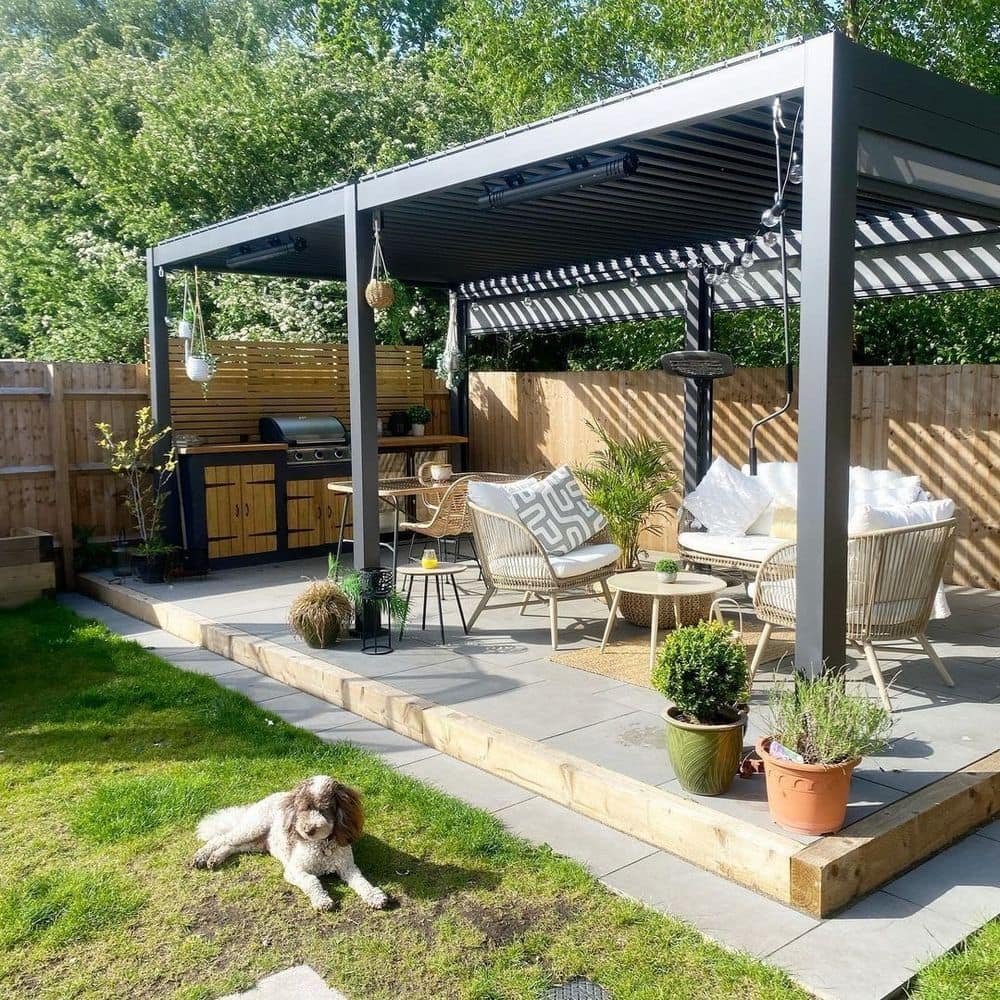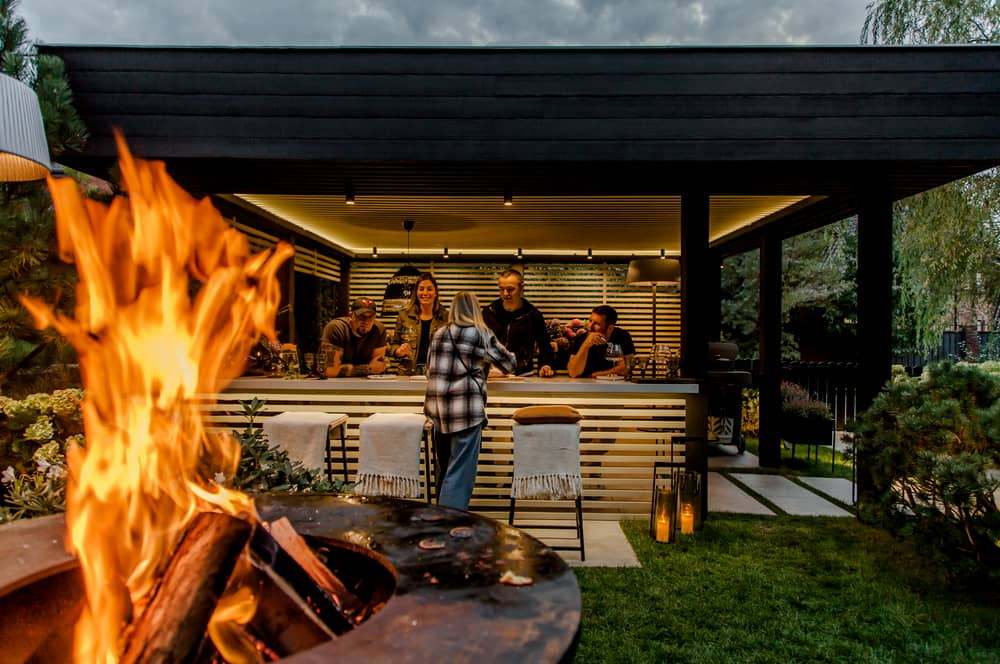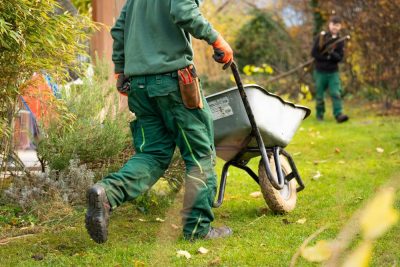
Outdoor kitchens are more than just a trend; they’re a lifestyle choice for those who love to combine the joy of cooking with the beauty of nature.
Whether you envision morning coffees amidst chirping birds or evening BBQs under a canopy of stars, a DIY outdoor kitchen can elevate your outdoor living experience.
Here are some creative ideas and practical plans to help you bring this vision to life.
Understand Your Space and Needs
Before diving into design specifics, assess the available space and understand your needs. Measure your area, factoring in utility connections like gas, electricity, and water.
Functionality Over Form
Homeowners often forget functionality as they drown themselves in the aesthetic detail. List your essentials and ensure you don’t miss out on anything important. Do you need a BBQ grill, a pizza oven, a prep area, or a full-fledged dining set-up? Your kitchen should be as functional as it is beautiful.
DIY Outdoor Kitchen Layouts
Consider several layouts based on your space and requirements. Some of these are:
- Linear: Ideal for smaller spaces, all elements are arranged in a line.
- L-Shaped: Offers more countertop and storage space, allowing for a grill, sink, and prep area.
- U-Shaped: This layout surrounds the cook on three sides, offering maximum space and is ideal for those who want a comprehensive outdoor cooking experience.
Material Choices for Durability
Outdoor kitchens must withstand the elements. Thus, it is crucial to pick sturdy materials that can withstand several harsh conditions common in an outdoor kitchen area.
For countertops, granite and concrete are the more durable choices for outdoors. They resist weather and heat and provide a sturdy surface for preparation.
Stainless steel is resilient against rust and gives a sleek look. This is the safest choice for cabinetries, considering the heat and moisture of the outdoors. Pick the ones with insulated handles, and if you’re keen on treated wood for a more rustic appearance, make sure it’s sealed against water and pets.

Essential Elements for Your Kitchen
Be it simple or elaborate, an outdoor kitchen. Here are some essentials to consider:
- Grilling Station: A built-in gas grill or a space for your charcoal one is a must-have. Consider adding a smoker for those who love that deep-smoked flavor.
- Prep and Wash Area: Incorporate a sink for quick rinses and a countertop for food preparation.
- Storage: Cabinets or shelves under the countertop can store cooking utensils, plates, and other essentials.
- Refrigeration: A compact outdoor refrigerator can be a game-changer, keeping ingredients fresh and beverages chilled.
Heating and Lighting Considerations
Extend your outdoor cooking experience into the cooler months and evenings by considering these:
- Fire Pits and Heaters: These can provide warmth, making the space comfortable even as temperatures drop.
- Ambient Lighting: Hang string lights or install under-cabinet LED lights. Not only are they functional, illuminating your cooking area, but they also set a cozy ambiance.
Expand with Luxurious Add-Ons
If you’re looking to up the ante on luxury:
- Pizza Oven: A wood-fired pizza oven can be a show-stopping addition, offering authentic-tasting pizzas.
- Bar Set-Up: If you love entertaining, a dedicated bar area with a wine cooler or a draft system for beer can elevate your parties.
- Dining Area: A dedicated dining space with comfortable seating ensures meals can be enjoyed right where they’re prepared.
- Pergola: While most modern pergolas are affordable despite the added features, they exude a vibe that instantly basks the area with extravagance. Check the highly recommended louvered pergola cost which is great for versatile temperature control.

Sustainable Practices in Your Outdoor Kitchen
With a growing emphasis on sustainability, integrate eco-friendly practices like solar lighting. Utilize the sun’s power to light up your kitchen during the late evenings.
To conserve water, Opt for water-saving faucets and consider collecting rainwater for use in your outdoor kitchen.
Another sustainable practice is composting. Set up a composting area nearby, turning organic waste into valuable compost for your garden.
Budgeting and Cost Considerations
DIY doesn’t always mean cheap, but it does allow for customization:
- Prioritize: Spend on items you’ll use most. If you’re not a pizza aficionado, maybe skip the pizza oven for a better quality grill.
- Recycle and Upcycle: Before buying new, see if you can repurpose items from your indoor kitchen or other areas of the home.
- Shop Smart: Look for off-season sales, discounts, and deals to make the most of your budget.
Crafting Your Dream Outdoor Kitchen
Building a DIY outdoor kitchen is a fulfilling project that promises endless days and nights of culinary exploration amidst nature. By incorporating elements that reflect your personal style and culinary preferences and adhering to practical considerations of space, budget, and durability, you can craft an outdoor space that not only complements your home but also enhances your lifestyle. So, roll up those sleeves, ignite your imagination, and let the outdoor culinary adventures begin!









